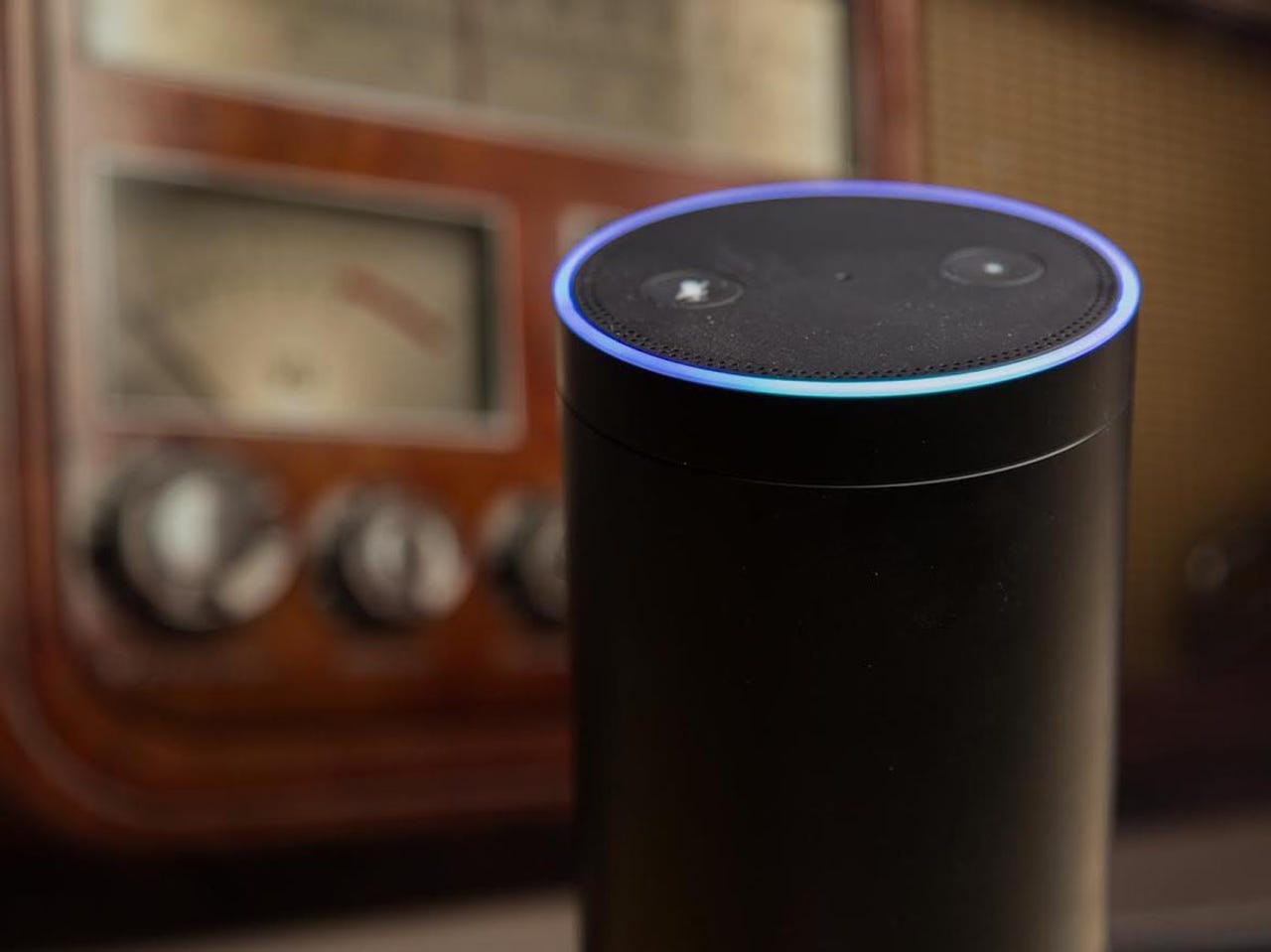Amazon Echo: The four hard problems Amazon had to solve to make it work


Amazon's aim is to have Alexa indistinguishable from a human voice.
Dave Limp, Amazon's SVP of device and services business is standing in front of an image of the bridge of the starship Enterprise, explaining the inspiration for Amazon's surprise hit Echo device.
"A lot of people wondered what was the inspiration for this vision, it really was this, this cultural icon it started here with the tap on the lapel to talk to the computer. And later in the Star Trek series you could be anywhere on the starship Enterprise and you could talk to the computer and she would respond quickly with an answer," he says.
The Amazon Echo, a cylindrical, voice-controlled speaker has been something of a sleeper hit in the US, selling around three million since it was launched last year and winning some rave reviews along the way. "We wanted to build a computer in the cloud that was completely controlled by your voice," Limp says.
Limp identified four hard problems that the team solved before they could deliver Echo:
1. Far field voice recognition
2. Natural language understanding